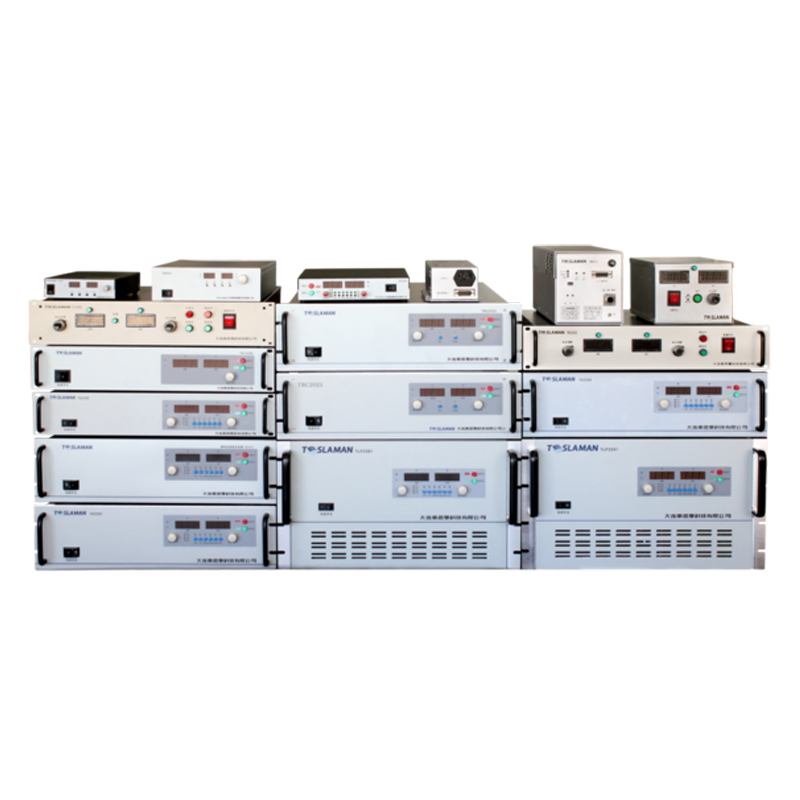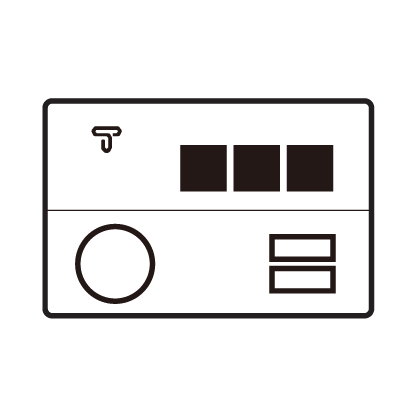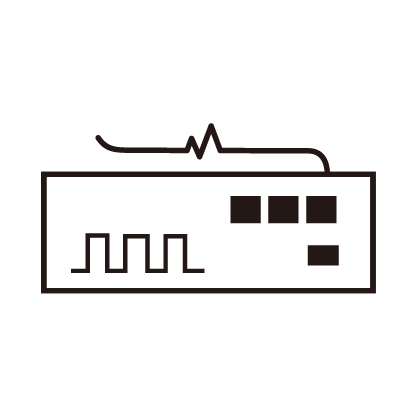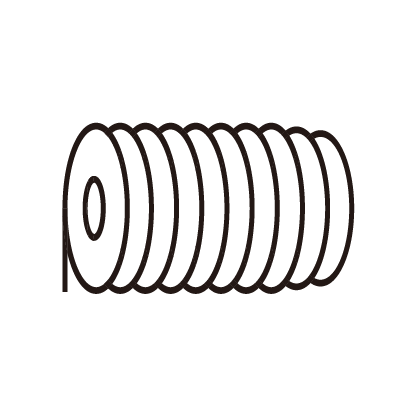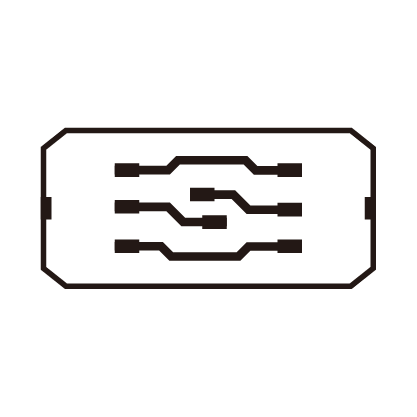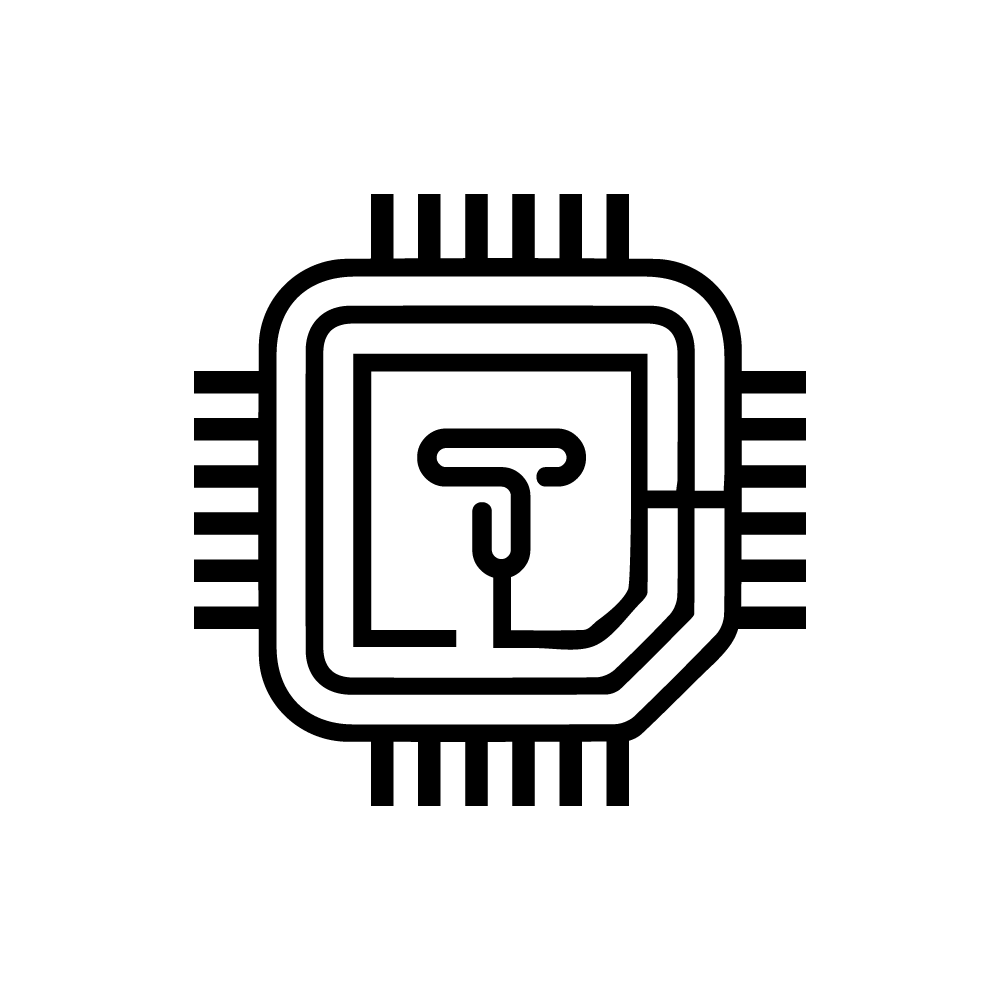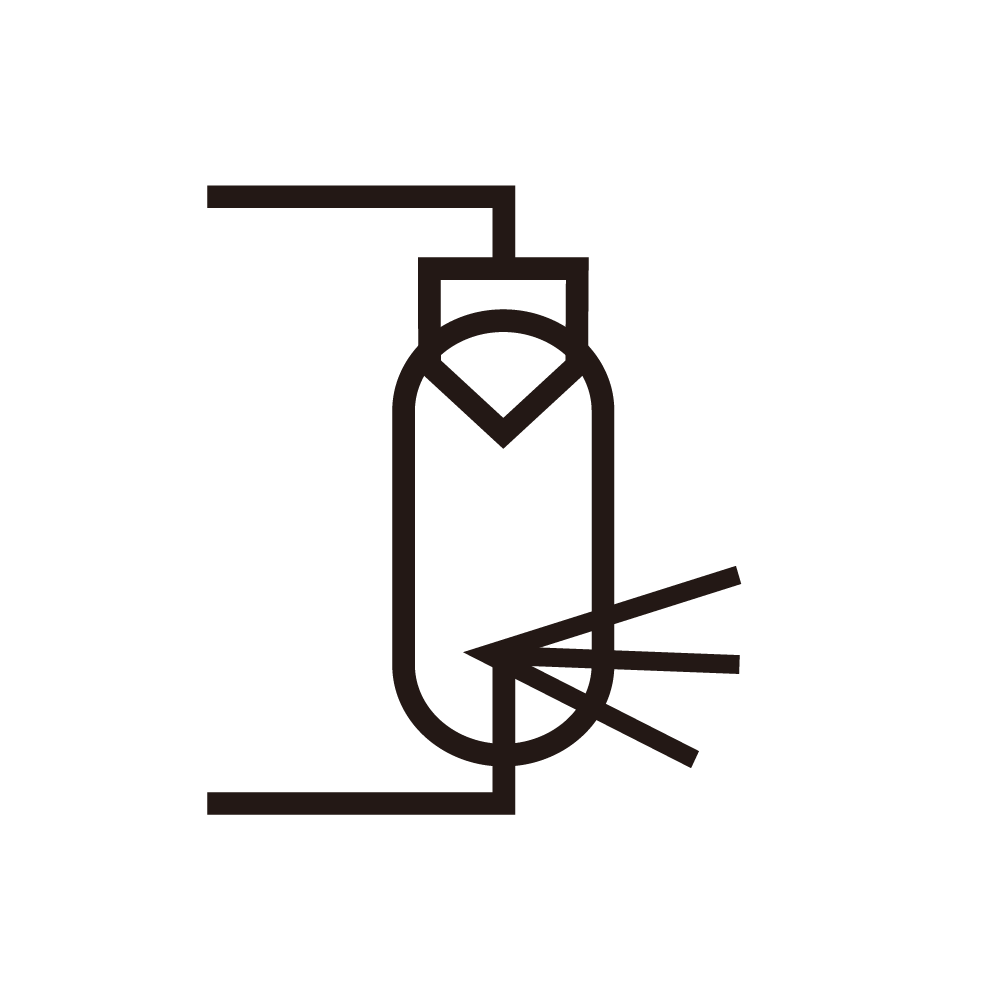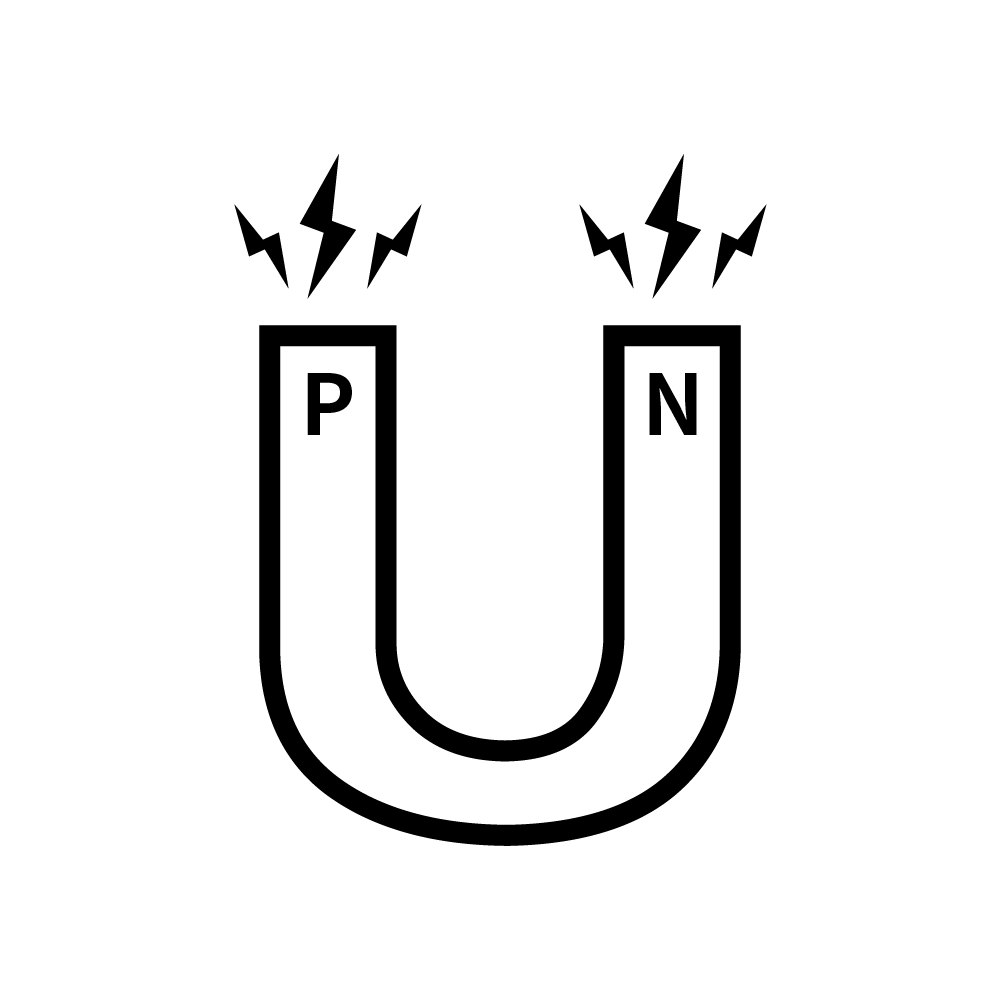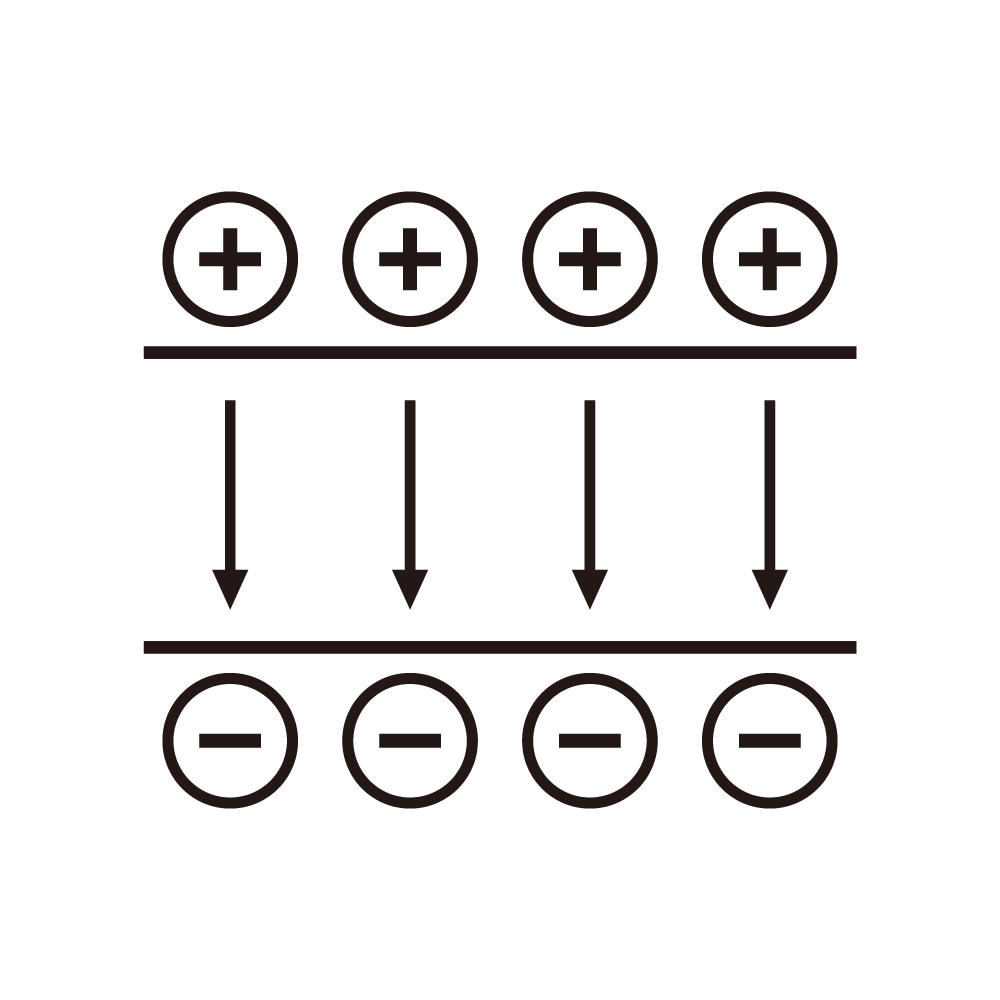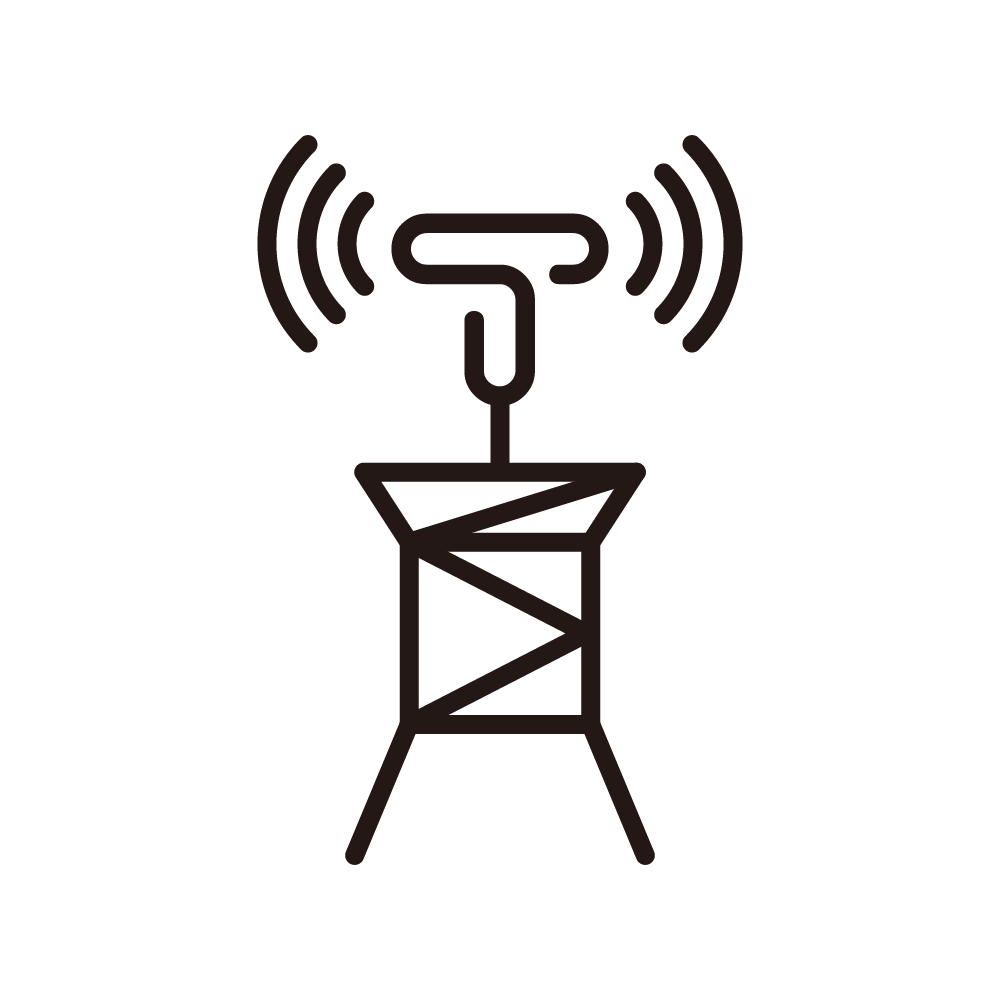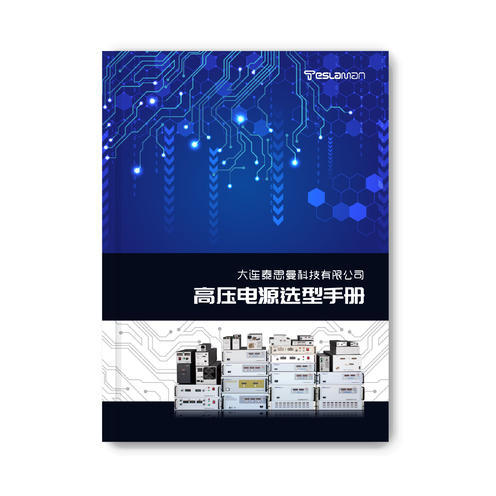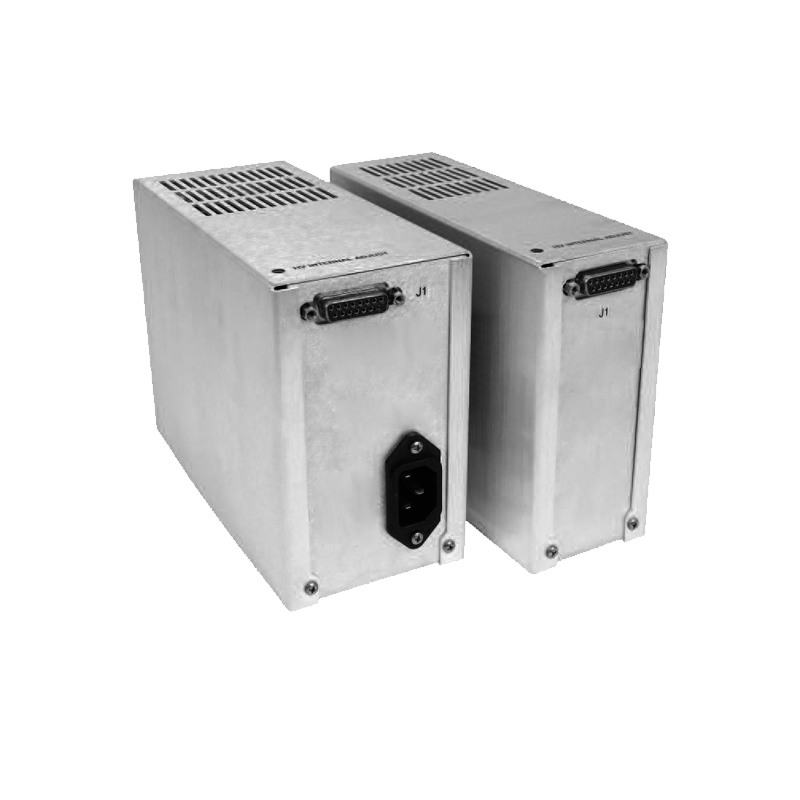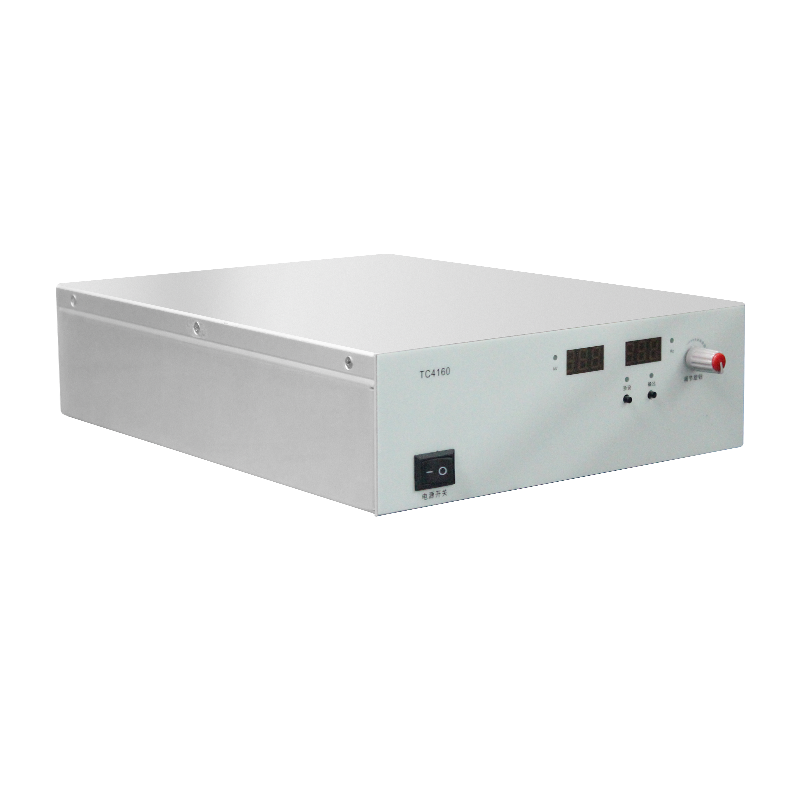Optimization Strategies for High-Precision Current Limiting and Overload Protection in High-Power Adjustable Power Supplies
In high-power adjustable power systems, accurate current limiting and reliable overload protection are essential for both load safety and power supply reliability. Conventional methods often suffer from poor precision or delayed response, leading to component stress or system shutdown. Optimizing the current limiting mechanism involves improving detection accuracy, control speed, and fault management.
Accurate current detection is the foundation. Low-resistance precision shunt resistors or Hall-effect sensors are typically used. Shunt resistors should have low temperature coefficients and high pulse handling capability, while Hall sensors provide galvanic isolation and wide measurement range. Signal conditioning circuits must include low-noise amplifiers and differential measurement to minimize offset and drift.
A multi-level current limiting strategy provides both speed and stability. In the first stage, soft current limiting prevents overshoot under transient conditions, maintaining the current slightly below the threshold. If the current continues rising, a second-stage hard limit or foldback mechanism reduces the output voltage to ensure safe operation. The foldback curve should be carefully designed to avoid oscillation between protection and recovery states.
Fast current limiting requires high-speed detection and direct control path integration. Instead of relying solely on the slow main control loop, a hardware-level current protection circuit (such as a comparator or current limiter IC) should interrupt or modulate the gate drive within microseconds when overcurrent is detected.
Thermal management and time-based protection must also be considered. Continuous overload generates heat that can cause thermal runaway. Therefore, temperature sensors placed on power switches or transformers should trigger derating or shutdown if temperature limits are reached. Energy-based protection, which integrates power dissipation over time, provides a more comprehensive safety mechanism than instantaneous current limiting.
Additionally, intelligent fault recognition can distinguish between temporary transients and persistent short circuits. After an overcurrent event, the system can attempt soft restart or controlled recovery instead of permanent shutdown. Implementing digital supervision through microcontrollers or DSPs enables configurable thresholds, adaptive protection curves, and diagnostic feedback.
Combining fast analog hardware protection with adaptive digital supervision provides a robust and precise current limiting and overload protection system suitable for modern high-power adjustable power supplies.
